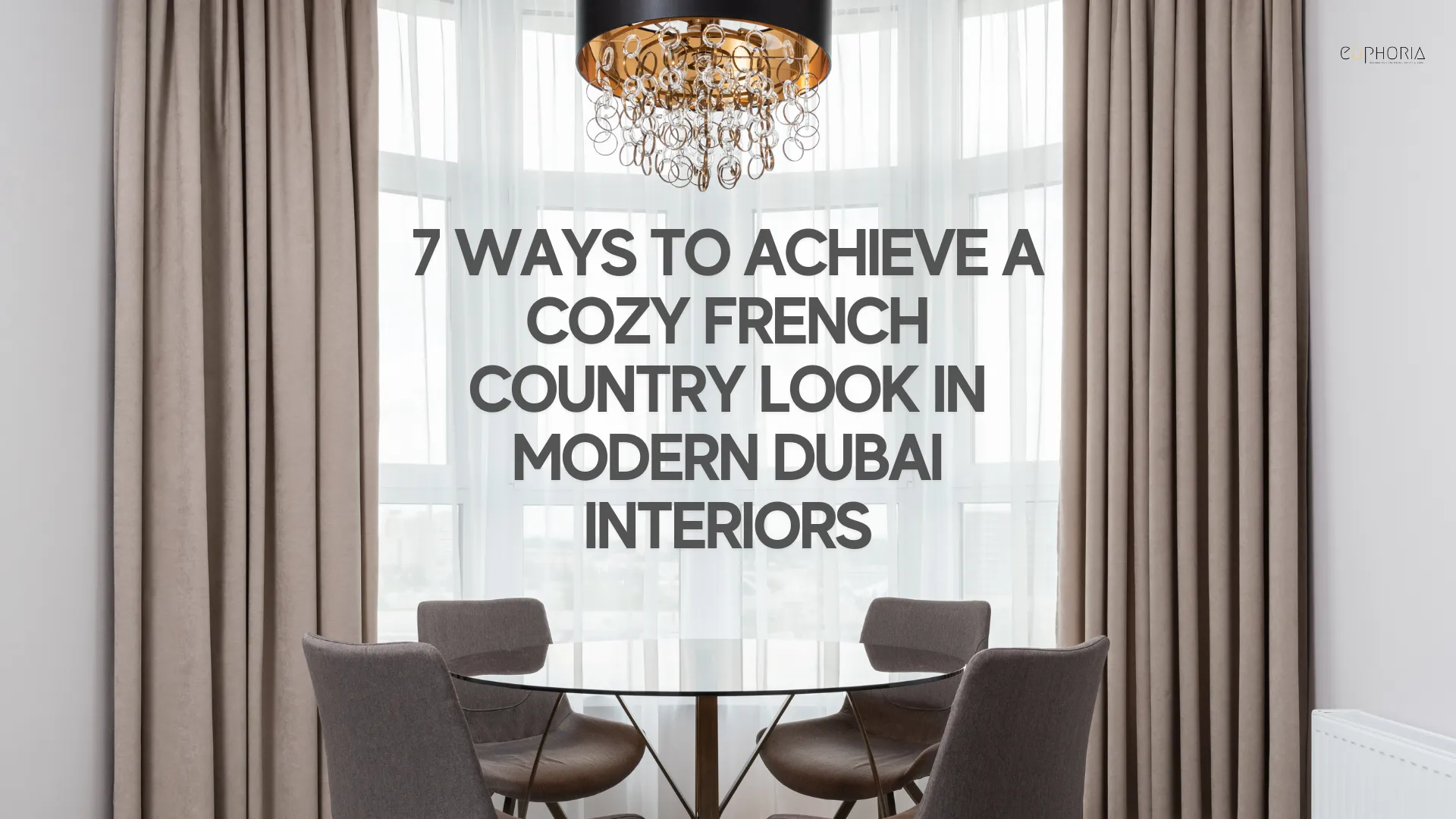Have you ever found yourself looking at a room in your house feeling as though something is lacking but not sure what it is? Or, you have spent hours trying to arrange your furniture only to find it still seems cramped or uncomfortable. Many homeowners find it difficult to design an attractive yet useful area. Still, a well-designed house can drastically change your way of life—that is, make your daily activities more handy, your downtime more peaceful, and your guests more impressed.
This blog will go over the fundamental ideas in residential interior design, from space planning to lighting decisions, while also addressing some of the common issues homeowners run with. Whether you’re simply cleaning a room or renovating a whole house, the correct strategy will enable you to produce a more living, gorgeous area that fits you.
Typical Residential Interior Design Problems
Residential interior design isn’t usually a straight-line procedure. Many struggle to make their homes aesthetically pleasing, pleasant, and functionally sound. Let’s review some of the most often occurring problems homeowners deal with.
Insufficient use of functional space
Maximizing the available space is one of the toughest challenges many homeowners face. While larger spaces could seem empty or isolated, small rooms could seem claustrophobic or underused. Sometimes inadequate layout design results in ineffective use of space. For instance, a living room with overly large or badly placed furniture could feel crowded and uncomfortable.
Effective space design is crucial to guarantee that every part of the house seems to be used and functioning.
Problems Juggling Practicality and Beauty
Many struggle to find the ideal mix between appearance and use. Although your house needs to be functional for daily life, it also needs to look fantastic. Sometimes, rooms that seem great on Pinterest or in design magazines turn out to be unworkable for real living. Finding the sweet spot between beauty and utility is crucial whether it’s for a magnificent sofa that’s difficult to sit on or a chic coffee table too delicate for daily usage.
Fiscal Restraints and Inaccuracy
Budget-wise designing a house might be difficult. Although a vision of the ideal house might easily lead one to get carried away, the reality usually includes juggling desire purchases with financial limits. Overspending can lead to financial hardship, while underestimating expenses can result in cutting shortcuts, often resulting in poor-quality materials or furnishings that don’t stand up to ordinary wear and tear.
Different Personal Style and Design Decision Making
Many homeowners struggle with not really appreciating or embracing their own style. Sometimes they might choose décor depending on others’ opinions or follow trends, which results in a room that doesn’t feel like them. Though it can be difficult to identify your particular style and make coherent design decisions, your house should represent who you are.
Bad Lighting Design and Ambiance Control
Many times, interior designer ignores lighting as a component. Appropriate lighting can transform a room, create the mood, offer both style and utility. Conversely, inadequate lighting could make a room seem frigid or unwelcome. While too bright lighting can be harsh or uncomfortable, a lack of appropriate job lighting might cause you strain to read, cook, or work. Establishing a good ambiance depends on finding the proper mix between artificial and natural light.
Environment and Materials of Choice
More people are starting to consider the materials they choose’s effects on the surroundings. Sustainable design ideas such choosing energy-efficient equipment or eco-friendly materials are becoming more and more popular. However, these choices can sometimes come with a larger upfront cost, and not everyone knows where to begin when it comes to sustainable design.
Fundamentals of Residential interior design
Understanding the fundamental ideas that direct good interior design will help one design a functional and visually beautiful house. Understanding these ideas can help you to design a place that strikes a mix between form and use.
Zoning and Space Planning
Good interior design is mostly dependent on effective space planning. It entails using and arranging space to fit your requirements. Particularly in open-plan designs, space planning heavily relies on zoning—that is, designing separate zones inside a room for particular uses. You might set off one part of the living room as a reading nook, for instance, or establish a separate dining space.
Psychology and Color Theory
The atmosphere and feel of a house can be affected by the colors you decide upon for it. Knowing fundamental color theory will enable you to choose the colors that will fit your spaces the best. While brighter colors like reds and oranges inspire enthusiasm and warmth, cool tones like blues and greens often have a soothing impact.
Furniture Arrangement and Scaling
A functional home depends mostly on proper furniture arrangement and choice. It’s about sizing them suitably for the space you have, not only about selecting the correct pieces. While too-little furniture in a large space may make it feel empty, overly huge furniture in a small area might make it feel crowded.
Layers, patterns, and textures
Often adding depth and intrigue to a room is stacking several textures and patterns. While patterns can define the style of the room—modern, classic, or eclectic—mixing textiles including leather, wood, and fabrics can produce contrast and warmth.
Foundation of Lighting Design
Lighting is far more than just illumination; it greatly influences the mood of a room and improves its use. Three primary forms of lighting should be taken under account: accent (decorative), task (particular activities), and ambient (generic). Arranging these several kinds of lighting aids in balancing and ambiance.
Handling Typical Residential Interior Design Issues
Design challenges can easily overwhelm one, but many often occurring issues can be resolved successfully with the correct techniques. Let’s investigate potential doable fixes for the previously mentioned problems.
Strategies for Functional Space Utilization
Multi-functional furniture can help maximize use in compact areas without compromising design. More room and convenience might come from items including convertible sofas, fold-out desks, and storage ottomans. Furthermore, creative storage options like under-bed storage or wall-mounted shelving help to maintain the area tidy and clear-cut.
Aesthetics Balances Practicality Finding Harmony
Designing your house should give style top priority as well as utility. For high-traffic areas, like hardwood or stone floors, for example, select robust materials. Through accents like rugs, throw cushions, and artwork, you can still add style to ensure the area stays useful without compromising beauty.
Budgeting and Affordable Design Solutions
If you are on a tight budget, focus on areas that will make the biggest difference, like the living room, kitchen, or foyer. Affordable materials like engineered wood or laminate can be equally fashionable as upscale choices. To cut expenses, never forget to recycle or upcycle already owned furniture.
Tools and Materials for Do-It-Yourself Interior Design Fans
If you are working on a do-it-yourself design project, there are several web tools available to assist in space visualization and educated decision-making. Excellent tools for homeowners who wish to create on their own include apps for space planning, 3D visualization, furniture and décor purchasing.
Conclusion
Although building a lovely, useful house requires time and careful consideration, knowing the fundamental ideas of residential interior design helps the process to be more under control. Your area will become really yours by tackling typical issues and thinking about sensible design ideas. A careful approach to design will make all the difference whether your project calls for a little budget, limited area, or simply expression of personal flair.
FAQs
How can I make my small place seem larger?
Reflect natural light with mirrors, bright colors, and multifunctional furniture. Keep furnishings scaled in line for the area.
What colors should I use in my house?
Consider the atmosphere you wish to establish in every space and how light will impact the colors you decide upon.
How best to strike a mix between fashion and utility?
Give high usage areas top priority for functionality; then, add chic accents in finishes, accessories, and furniture.
How can I design my house yet keep to a budget?
Choose reasonably priced substitutes, concentrate on important areas that will have the most impact, and, if at all possible, upcycle or rework furniture.

